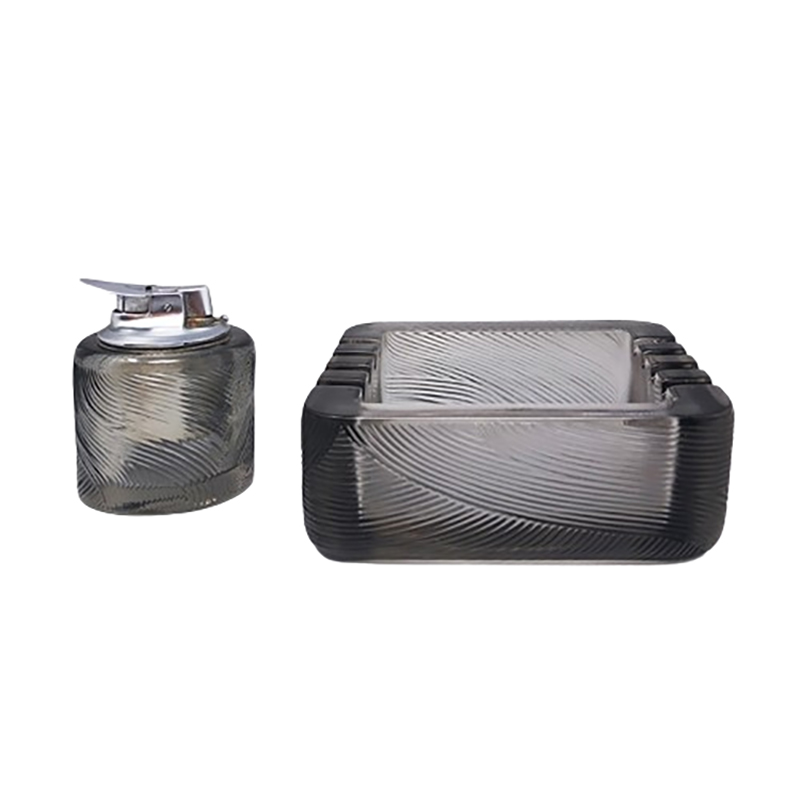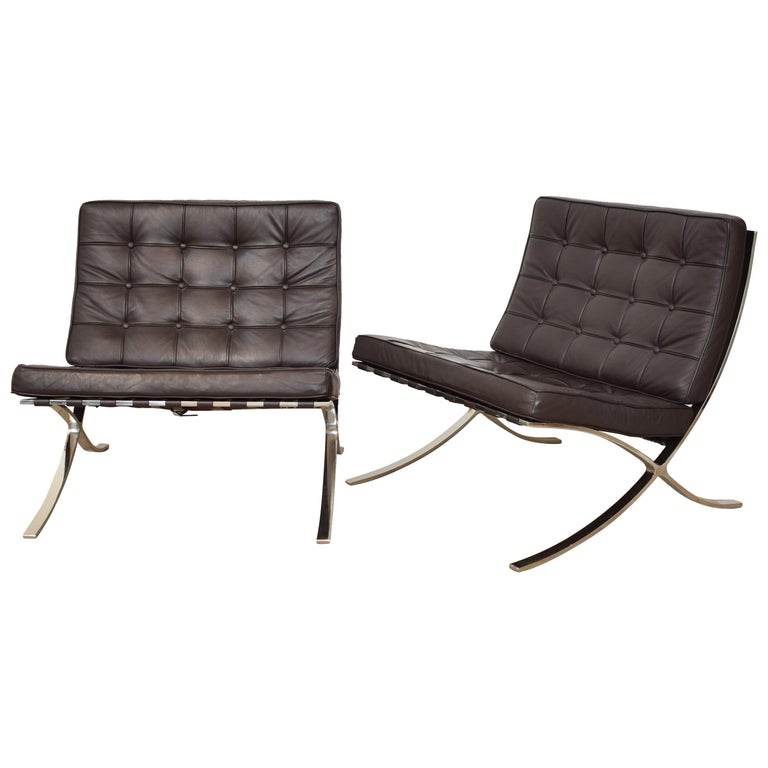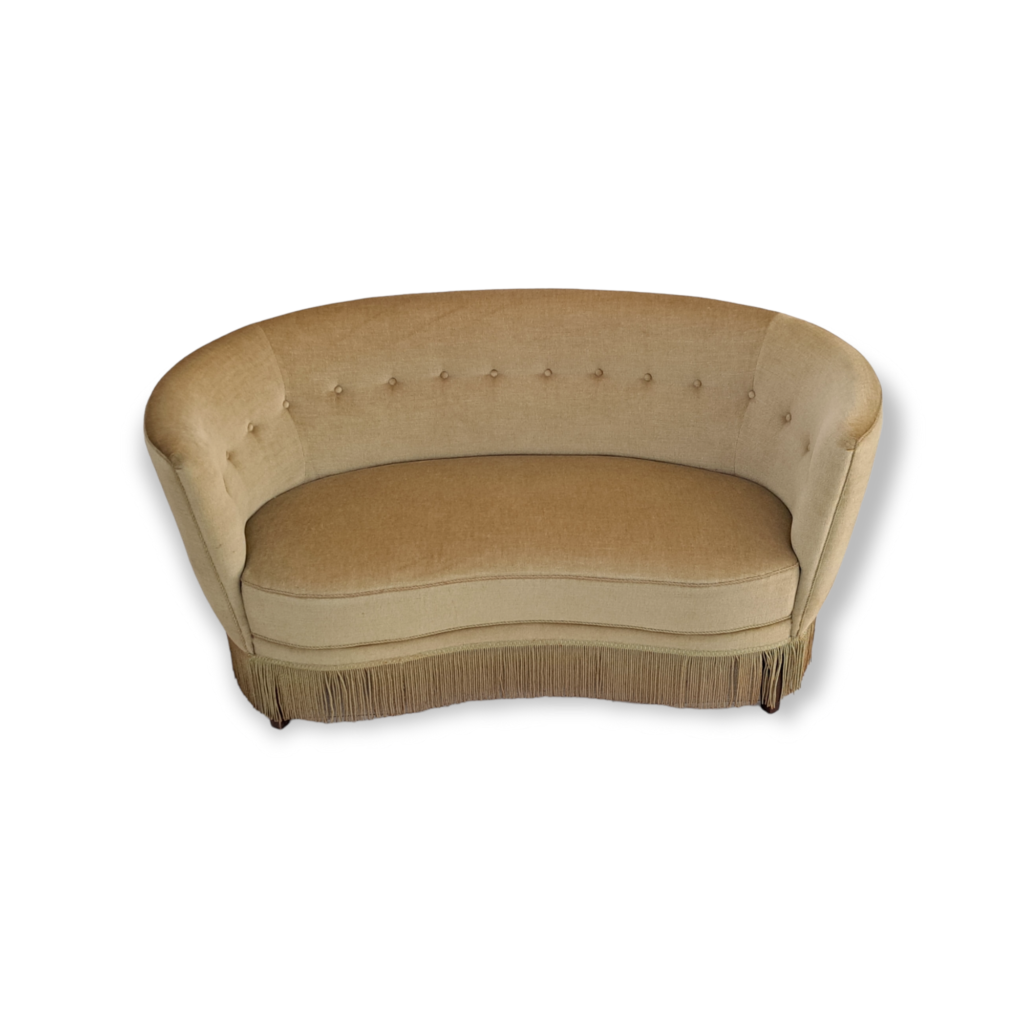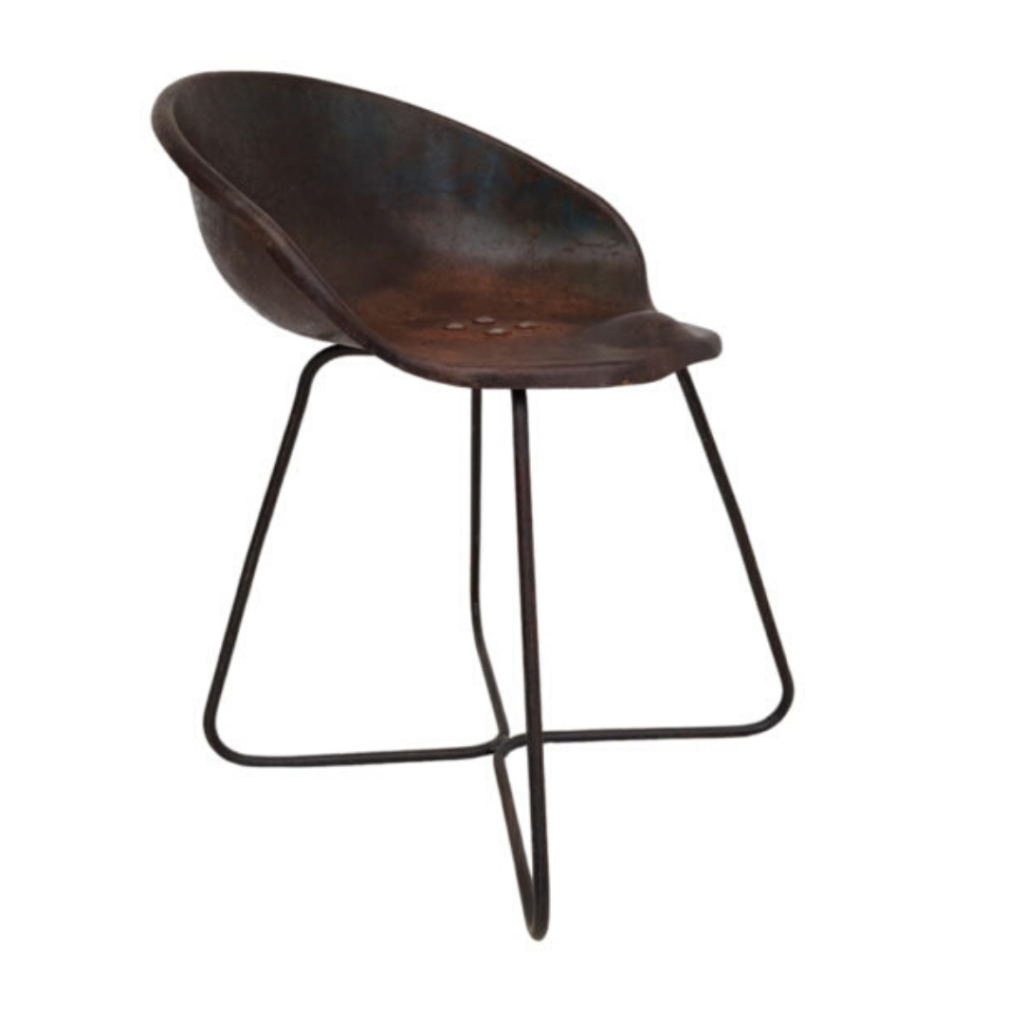Stem is right
If you can locate a copy of _The New Look: Design in the Fifties_, Lesley Jackson, Manchester City Art Galleries, 1990-something (Amazon had a couple recently), you'll find a discussion of this very idea (my copy has gone astray, so I don't have the page number). If I remember correctly, late 1940s critics or advertising people had applied the term "tulip" to the "new look" in fashion (costumes with slender waists, flaring out above), and the buzz word transferred to chairs, tables etc. with flaring tops balanced on tall, narrow stems.
Am I the only one who sees Saarinen's stuff, lovely though it is, as most likely inspired by a wine glass?
Beating a dead buzzword
If you have access to the New York Times, the Avedon photo on page 7 of the Book Review sorta illustrates the mid-century "tulip" spirit. I have a feeling that "tulip" narrowly missed being a widely applied term, something like the more recent coinages, "blobject" and "mutant materials."
Bugmorphic does fit...
don't you think, SDR? And its more specific and fun to say bugmorphic than to call furniture with insect allusions "biomorphic." Maybe someone will create www.bugmorphic.com for all the bug heads (although hopefully not for the buggy). Ah, another day, another coined termed. 🙂
Hah !
Yeah, I like it. And a table lamp that claims affinity with a praying mantis certainly qualifies. . .
I once saw (in a gallery in Mendocino) a beautiful wall-mounted console table (?) of wood and bronze (?) that was modeled on the dragonfly.
Are the Metro station entrances in Paris, bugmorphic, too, do you think? Guess it might be a sub-set of Art Nouveau -- or maybe Nouveau Art Nouveau. . .
SDR, those metro entrances are...
art nouveau if i recall them accurately. almost a little charles rennie macintonsh in an indirect sort of way. its been too long since i was in paris, though. now of course i must go back immediately to see. i do not recall the bugmorphesque aspect. can someone post a link with a picture of this so i can assess it?
Tulip trivia
Interestingly, there was another, reeeeealy tulip-y Tulip chair, a high-backed number in white molded fiberglass and steel. According to Decorative Art 60s, Charlotte and Peter Feill, eds. (Taschen, 2006), pages 186-7. It was "Designed and made by Laverne Inc.," c. 1960. Not sure it even qualifies as a knock-off. I would, however, recommend the Taschen paperback and its chunky siblings in the 25th Anniversary series. Only about ten bucks.
If you need any help, please contact us at – info@designaddict.com









